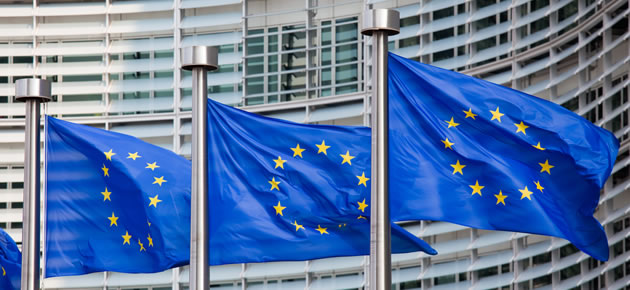A bout of Ukraine-inspired risk aversion and the news that Goldman Sachs slashed forecasts for the Australian Dollar pushed the South Pacific currency lower overnight.
The ‘Aussie’ gave up recent gains against peers like the US Dollar and weakened against the Euro as Goldman and Sachs asserted that the Australian currency’s downward trend would continue. The institution sees the ‘Aussie’ trading at 80 US cents in 12 months time.
Bloomberg News quoted Goldman Sachs economists as stating; ‘The guts of the [Australian] data releases are not as positive as the headlines suggest. With the weakness under the hood and the ongoing influence of the turn in the investment cycle, we still think that there is a good chance of an RBA cut over the summer.’
Rising concerns regarding the situation in Ukraine piled additional pressure on the commodity-driven ‘Aussie’.
A referendum to decide whether Crimea will remain a part of the Ukraine is looming, and the event could spark considerable volatility.
That, coupled with Chinese economic slowdown fears, is pushing investors away from higher-risk assets like the Australian Dollar.
The EUR/AUD pairing was trading higher into the European session in spite of recent comments issued by European Central Bank President Mario Draghi.
Draghi triggered widespread Euro losses after he implied that forward guidance could cause the common currency to ease away from recent highs – a circumstance which would alleviate some of the inflation pressures on the Eurozone.
The Euro was little-changed this morning after German inflation data confirmed that the nation’s consumer price index advanced by 0.5 per cent in February, month on month, and was up 1.2 per cent on the year.
Additional EUR/AUD movement may be limited as the day continues, but with Eurozone inflation/consumer confidence data due out next week, the pairing is forecast to experience considerable movement after the weekend.
If next week’s Eurozone inflation figures support the ECB’s decision to refrain from introducing additional stimulus the Euro could advance on the Australian Dollar.
Euro (EUR) Exchange Rates
[table width=”100%” colwidth=”50|50|50|50|50″ colalign=”left|left|left|left|left”]
Currency, ,Currency,Rate ,
Euro, ,US Dollar,1.3871,
,US Dollar,1.3871,
Euro, ,British Pound,0.8349,
,British Pound,0.8349,
Euro, ,Australian Dollar,1.5369,
,Australian Dollar,1.5369,
Euro, ,New Zealand Dollar,1.6240,
,New Zealand Dollar,1.6240,
Euro, ,Canadian Dollar,1.5385,
,Canadian Dollar,1.5385,
[/table]



